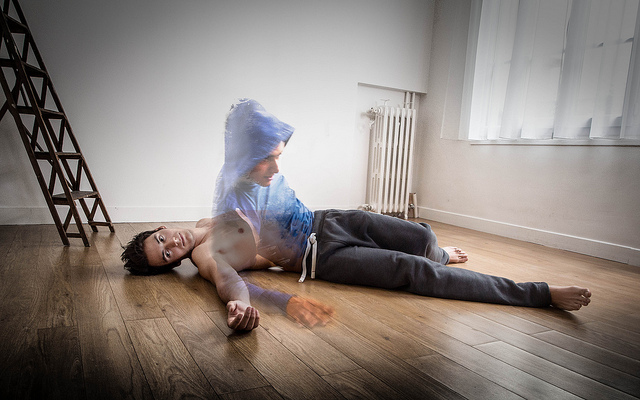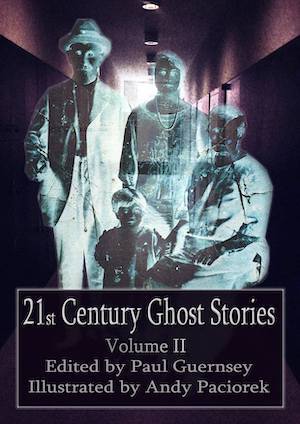
Words From The Masters On Writing A Chilling Supernatural Story. Image: Curtis MacNewton
Advice On Crafting A Scary Supernatural Tale
In the early 1800s, when Ivanhoe author Sir Walter Scott was writing, the short story was a fairly new fictional form, with novels having comprised most of the fiction published up to then. However, the rapid proliferation of newspapers and magazines throughout the 19th century made the short story both a practical and a highly popular commodity to produce.
Scott found this new form to be superior to the novel for telling his ghostly tales because he thought it was far too difficult to keep a reader sufficiently frightened over the course of several hundred pages. In his opinion, it was far easier and more effective to maintain that icy grip on the spine of his audience throughout a read that lasted only an hour. In his essay, On the Supernatural in Fictitious Composition, he wrote:
“The supernatural . . . is peculiarly subject to be exhausted by coarse handling and repeated pressure. It is also of a character which it is extremely difficult to sustain and of which a very small proportion may be said to be better than the whole.”
Two years after the 1827 publication of this essay, Scott published The Tapestsried Chamber, one of his most well known ghost stories. His philosophy began catching on, and by the middle of the century even writers as famous as Charles Dickens were turning out ghostly short stories.
One of the most accomplished ghost-story practitioners of the 19th and early 20th centuries was M.R. James. To Scott’s counsel about keeping scary stories brief, James added several pieces of advice all his own—some of which are still being followed by such modern masters as Stephen King.
On effective setting, James said:
It should be . . . “fairly familiar and the majority of the characters and their talk such as you may meet or hear any day. A ghost story of which the scene is laid in the twelfth or thirteenth century may succeed in being romantic or poetical: [but] it will never put the reader into the position of saying to himself, ‘If I’m not very careful, something of this kind may happen to me!'” (Preface to More Ghost Stories of an Antiquary, 1911)
According to James, ordinary, contemporary characters with whom the reader can identify, along with modern settings described with detail as well as accuracy, serve to make the supernatural elements of a story seem that much more believable.
On building and sustaining tension, he said:
“Let us, then, be introduced to the actors in a placid way; let us see them going about their ordinary business, undisturbed by forebodings, pleased by their surroundings; and into this calm environment let the ominous thing put out its head, unobtrusively at first, and then more insistently, until it holds the stage.” (Introduction to Ghosts and Marvels, 1924).
Two other effective techniques employed by M.R. James and many of his successors include 1) ratcheting up suspense by having the main character(s) ignore warnings about impending supernatural events, or having them doubt their own paranormal experiences (think of any horror movie you’ve ever seen!) and, 2) keeping the reader guessing by leaving open the possibility of a natural explanation for any ghostly phenomena.
Concerning this latter tactic, James said, “. . . it is not amiss sometimes to leave a loophole for a natural explanation; but . . . let the loophole be so narrow as not to be quite practicable.”
By the way, if you happen to be a writer of ghost stories, magic realism, or supernatural fiction of any kind, you may want to consider entering the TGS Supernatural Fiction Award competition. First prize is $1,000 and publication in TGS; honorable mention is $100, plus publication.
Back to the writing tips page.

